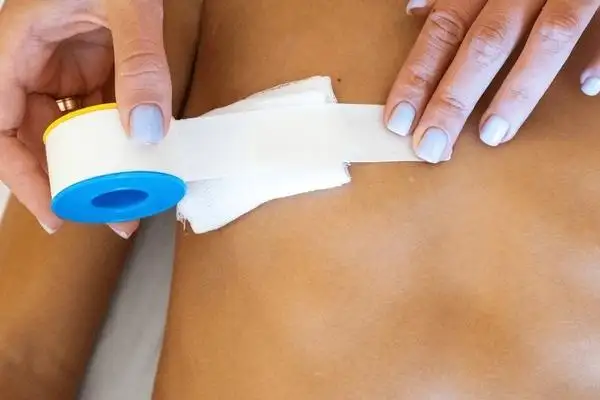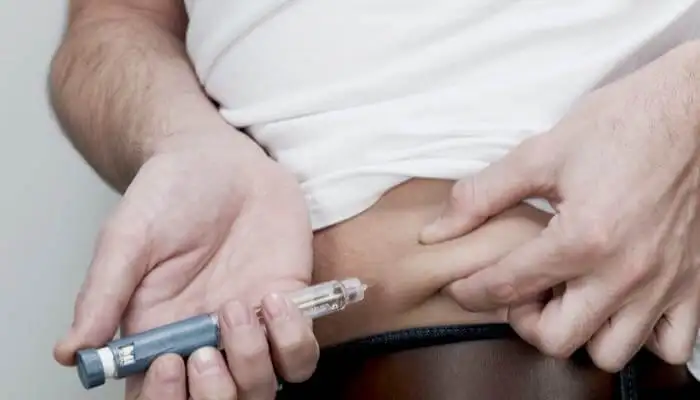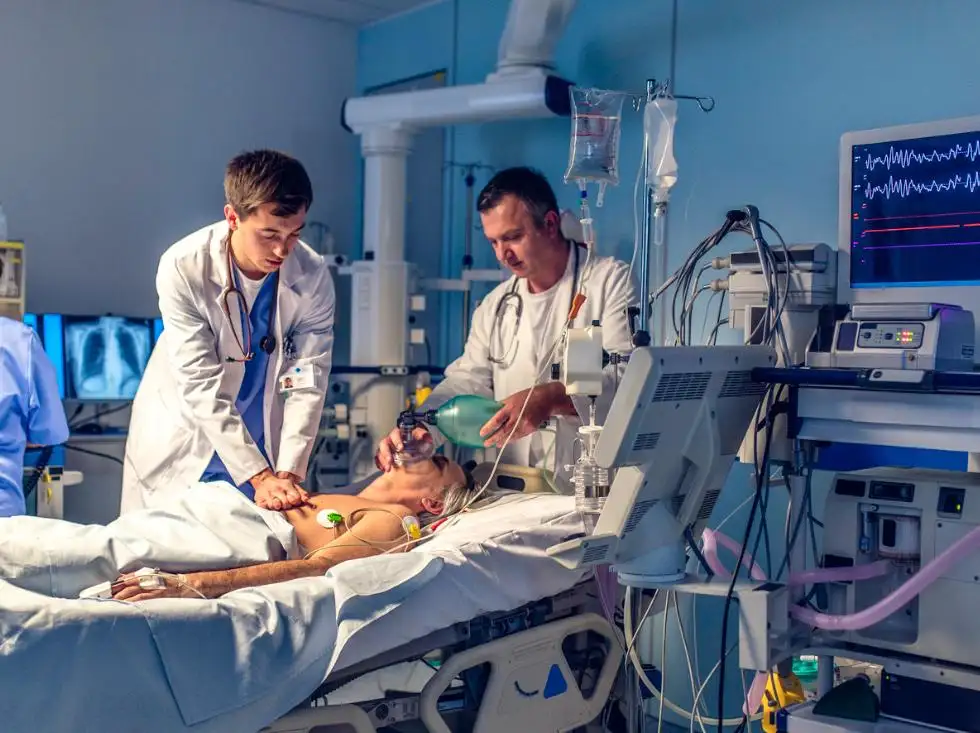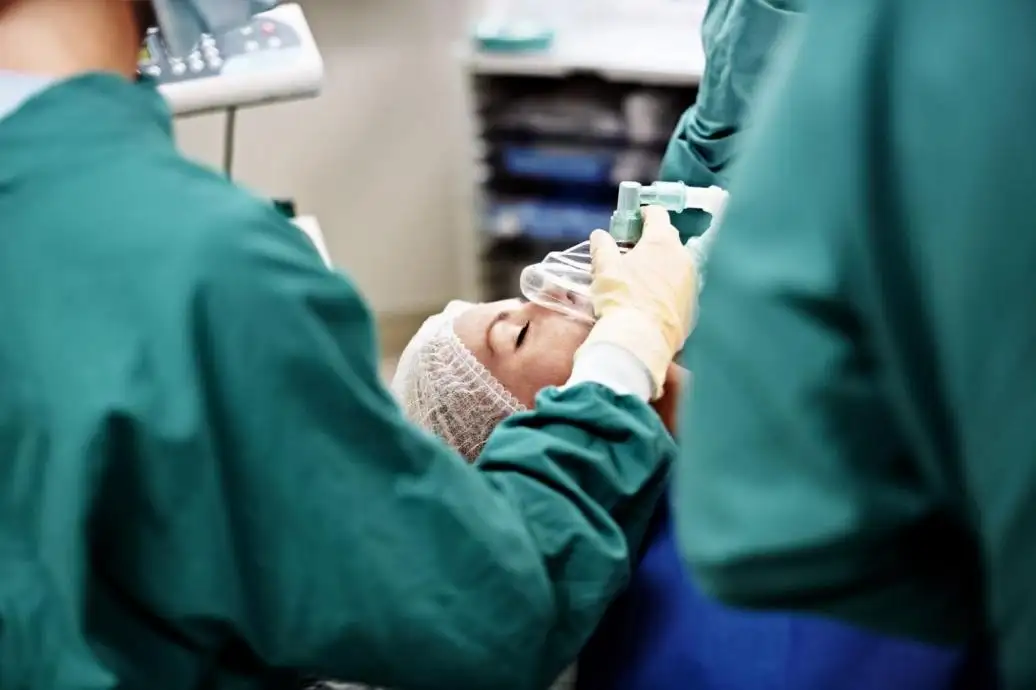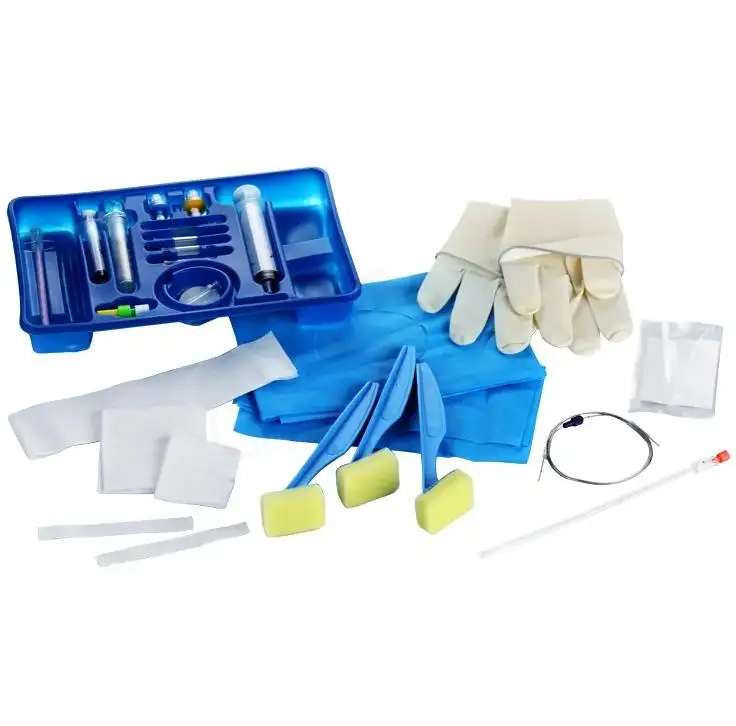How Advanced Wound Dressings Improve Outcomes in Trauma Cases
Advanced Wound Dressings are changing how trauma teams treat serious injuries, from the first bandage in the ER to the last check-up before discharge. These dressings do more than cover a wound. They help control fluid, protect fragile tissue, and support faster, cleaner healing. Patients often feel less pain. Nurses spend less time on urgent dressing changes. Doctors see fewer complications. But what exactly makes these dressings so effective in real trauma cases—and how can your team use them to improve outcomes every day? Let's look inside the dressing and into the clinic.
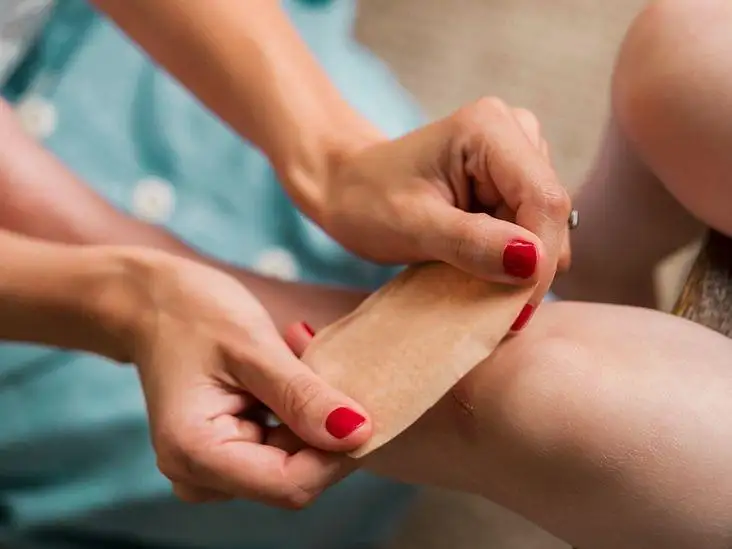
Why Advanced Wound Dressings Matter In Trauma Care
In real trauma settings, the challenges are very clear: too much exudate soaking through simple dressings, constant worry about infection, and patients who are already in pain dreading every dressing change. When these problems are not handled well, the result is longer healing times, more complications, and higher costs for hospitals and clinics.
Hydrocolloid-based Advanced Wound Dressings, like those developed by Greetmed, are designed to tackle these issues head-on. Instead of just covering the wound, they create a controlled, moist environment that helps the body repair itself more efficiently. The hydrocolloid layer contains hydrophilic CMC (carboxymethylcellulose) granules that, upon contact with wound exudate, form a soft gel. This gel absorbs excess fluid, cushions the wound bed, and supports the body's natural autolytic debridement process.
While the inner layer manages fluid, the outer film acts as a shield. It is waterproof and bacteria-resistant, yet still allows oxygen to pass through. This means the wound is protected from water, dirt, and external contaminants, but the skin can still "breathe.” Patients can shower without removing the dressing, which is a small change in routine but a big improvement in comfort and dignity.
Comfort is not an extra—it is part of treatment success. The dressing is self-adhesive and elastic, so it conforms to curved and mobile areas like heels, elbows, and the sacral region. This reduces friction and shear forces that often reopen or delay healing in trauma wounds. For many clinicians, this combination of secure adhesion and gentle removal is one of the most practical benefits of Advanced Wound Dressings.
The Moisture Balance That Wounds Need
One of the key reasons moist wound healing is now standard practice is simple: a wound that is kept in a controlled, moist state tends to heal faster and with better tissue quality. Too dry, and new cells struggle to form. Too wet, and the surrounding skin breaks down.
Greetmed's Advanced Wound Dressings are targeted at wounds with low to moderate exudate, where good moisture management is critical. They help:
- Maintain a stable moist environment that supports granulation and epithelialization
- Create a barrier against contamination while still permitting moisture vapor and oxygen exchange
- Offer an elastic, self-adhesive fit that moves with the patient and reduces friction points
- Allow low-trauma removal, protecting new tissue and making dressing changes less painful
For busy trauma units, this often translates into fewer dressing changes, smoother nursing workflows, and improved patient cooperation due to reduced pain and anxiety during removal.
How Greetmed Designs Dressings For Real-World Trauma
At Greetmed, product design starts from the reality of the ward and the ambulance, not just the lab. Trauma teams need dressings that perform in unpredictable conditions: swelling, movement, sweating, and variable exudate levels. Reliability is more than a claim; it has to be built into the material.
Our Advanced Wound Dressings use a medical hot-melt adhesive combined with CMC hydrophilic granules to deliver both high-capacity absorption and exceptional wearing comfort. The film thickness is carefully controlled in the range of 0.025 - 0.035 mm. This gives the film enough strength to act as a barrier, while still keeping it flexible enough to contour to the body and resist rolling at the edges.
Moisture vapor transmission is another key parameter. The dressing is engineered to allow steady moisture release over time, helping to prevent maceration of the surrounding skin. Under typical body temperature conditions, the hydrocolloid layer demonstrates a strong ability to absorb and retain exudate, which is supported by reference data showing high hygroscopic capacity over 24–72 hours. For clinicians, this means the dressing can handle the exudate expected from many acute injuries while maintaining a calm, stable wound environment.

Design details support daily use:
- Transparent options make it easier to monitor the wound without lifting the dressing.
- Beveled edges improve adhesion and reduce the risk of the dressing catching on clothing or bedding.
- The self-adhesive layer sticks to healthy skin but not to the wound bed, so removal is smoother and less traumatic.
These features make Greetmed's Advanced Wound Dressings suitable for a wide range of trauma wounds with low to moderate exudate, including abrasions after high-energy impact, superficial burns, post-operative incisions, donor sites, and pressure-sensitive areas in immobilized patients. In emergency departments, orthopedic wards, and rehabilitation settings, they help create more consistent wound care protocols and support faster, safer healing.
What Trauma Teams Can Expect in Daily Practice
From a clinical point of view, Advanced Wound Dressings are most effective when they are part of a simple, repeatable routine. Proper assessment and application are just as important as the product itself.
For best results, clinicians should cleanse the wound according to protocol, gently dry the surrounding skin, and choose a dressing that extends onto intact skin on all sides. Pressing the edges firmly creates a secure seal that prevents exudate from leaking and undermining the dressing. For low to moderate exudate levels, hydrocolloid dressings can often stay in place for several days, depending on institutional guidelines and the patient's condition.
In practice, teams often see:
- Fewer unplanned dressing changes due to strike-through
- Reduced pain and anxiety at dressing changes, especially in patients with fragile or sensitive skin
- Better protection of newly formed tissue during the critical early stages of healing
Patients appreciate that they can move, sleep, and even shower with less disruption. Nurses and doctors appreciate that the wound remains stable between reviews, making it easier to track progress and adjust treatment when needed.
To support consistent outcomes, Greetmed encourages trauma teams to:
- Educate patients to report edge lifting or leakage so the dressing can be replaced promptly
- Combine the dressings with offloading, elevation, or pressure redistribution on high-risk sites
- Monitor exudate patterns and adjust wear time and dressing choice as the wound evolves
Over time, these small steps contribute to fewer complications, shorter healing times in suitable cases, and a smoother recovery experience for patients with traumatic injuries.
Ready To Experience Greetmed's Advanced Wound Dressings In Your Trauma Practice?
If you are looking to standardize moist-healing protocols, reduce patient discomfort, and streamline wound care workflows, Greetmed is ready to support you. Contact our team for samples, technical documentation, and training materials tailored to low and moderate exudate trauma wounds. Together, we can help your patients move from trauma to recovery with greater comfort and confidence.
Submit Your Request
Recent Posts
Tags
- Adult Diapers
- Are custom medical devices safe
- Baby Diapers
- Can respiratory anesthesia be used
- Digital Healthcare
- Do you offer customized consumables
- European Market
- How do you take care of a skin wound
- Industry Trends
- Lady Sanitary Napkins
- Medical Devices
- OEM Medical Devices
- Product Introductions
- Protective Equipment
- Under Pads
- What are custom-made medical devices
- What are diagnostic products
- What are hospital dressing products
- What are medical tube catheters
- What are some common protective equipment
- What are the appropriate applications for hospital dressing products
- What are the appropriate uses for protective equipment
- What is a gynecological examination
- What is a medical consumable
- What is an anesthesia kit
- What is an OEM in medical devices
- what is an wound skin care
- what is can disposable ultrasonic diagnostic
- What is good manufacturing medical devices
- What is hospital-grade protective equipment
- what is medical equipments hospital furniture
- What is medical sterilization wrapping
- What is rehabilitation equipment device
- What medical consumables do you supply
- Where can I find laboratory consumables wholesale
- where can I find medical protection device
- where to buy hypodermic accessories
- where to buy medical apparel
- where to buy medical consumable accessories
- where to find OEM medical device supplier
- where to find rehabilitation equipment supplier





